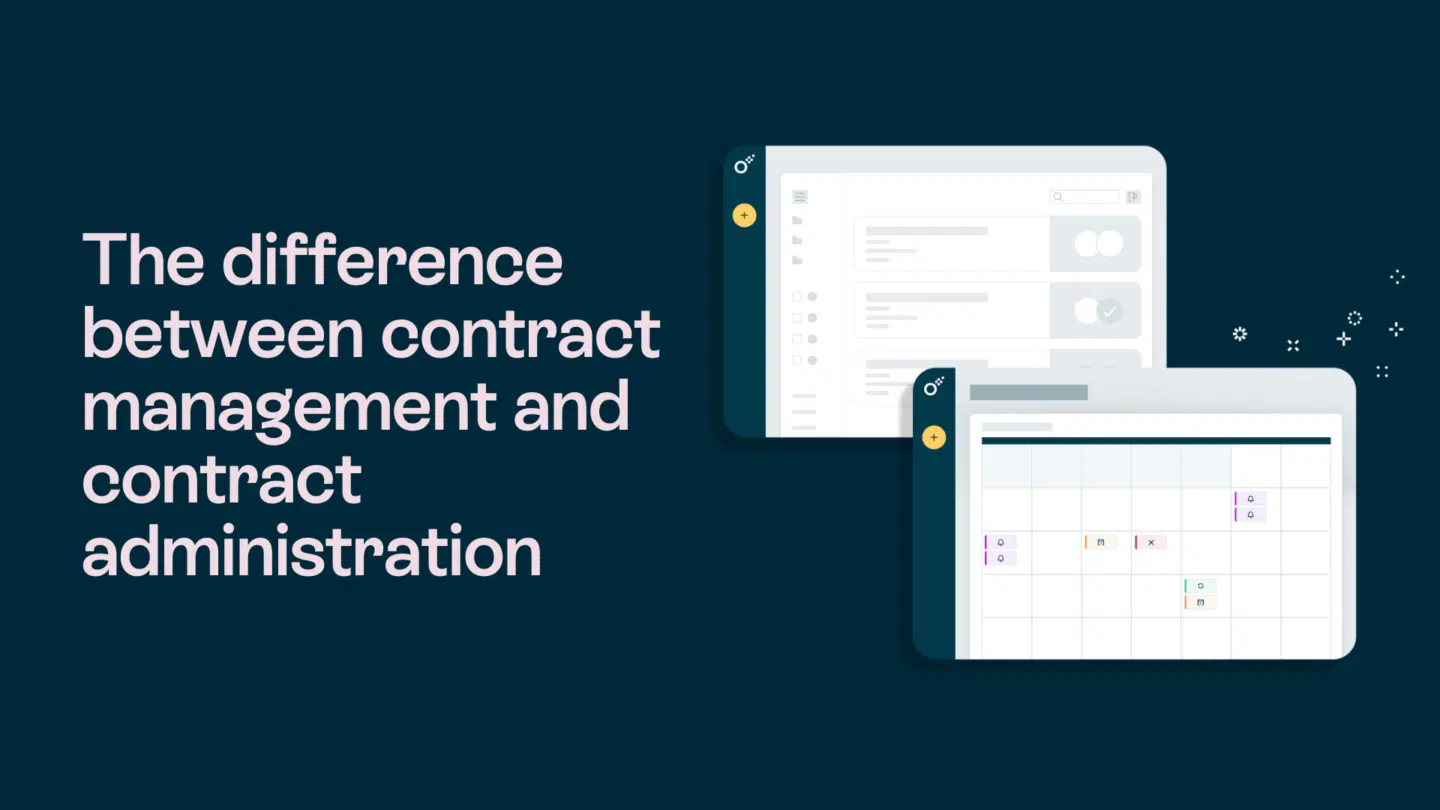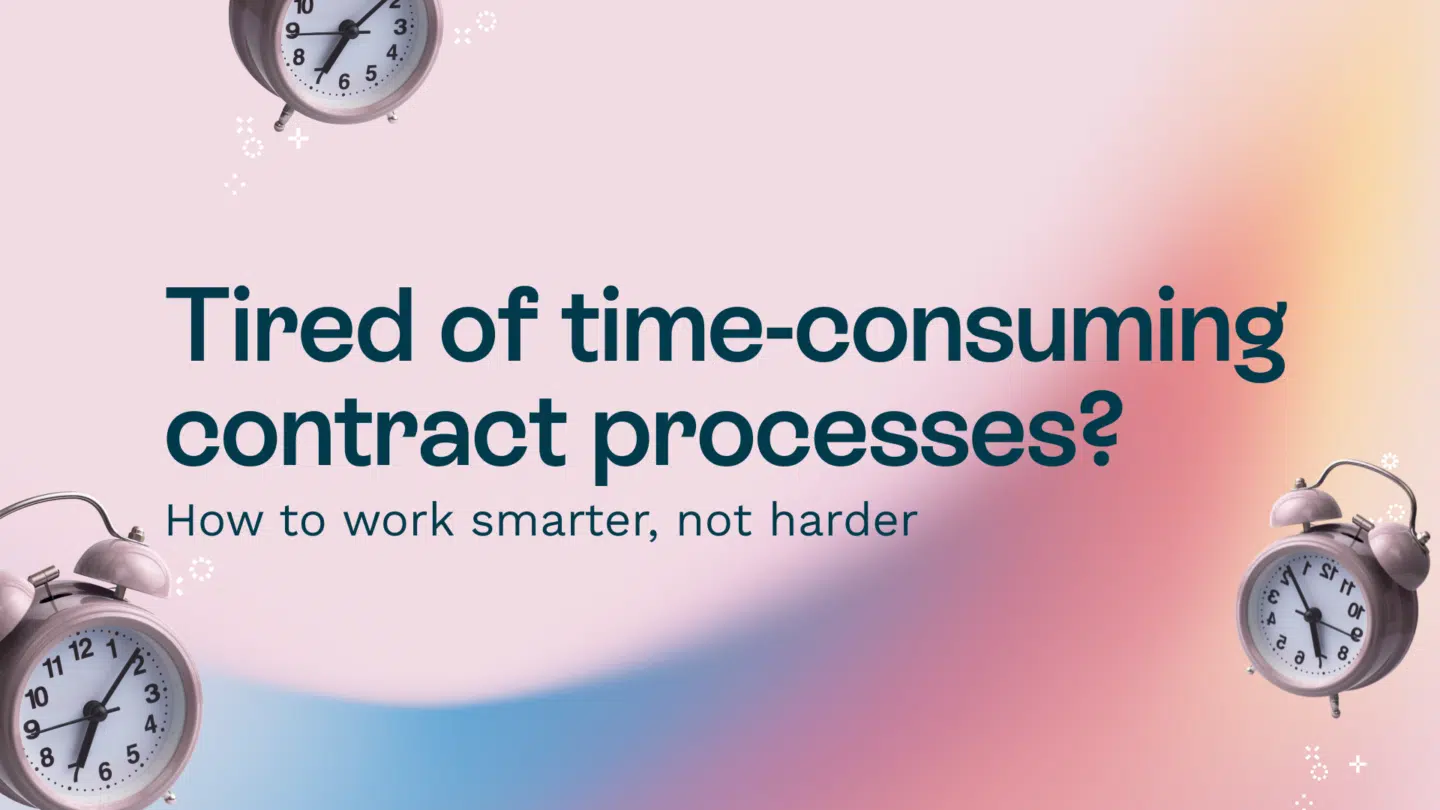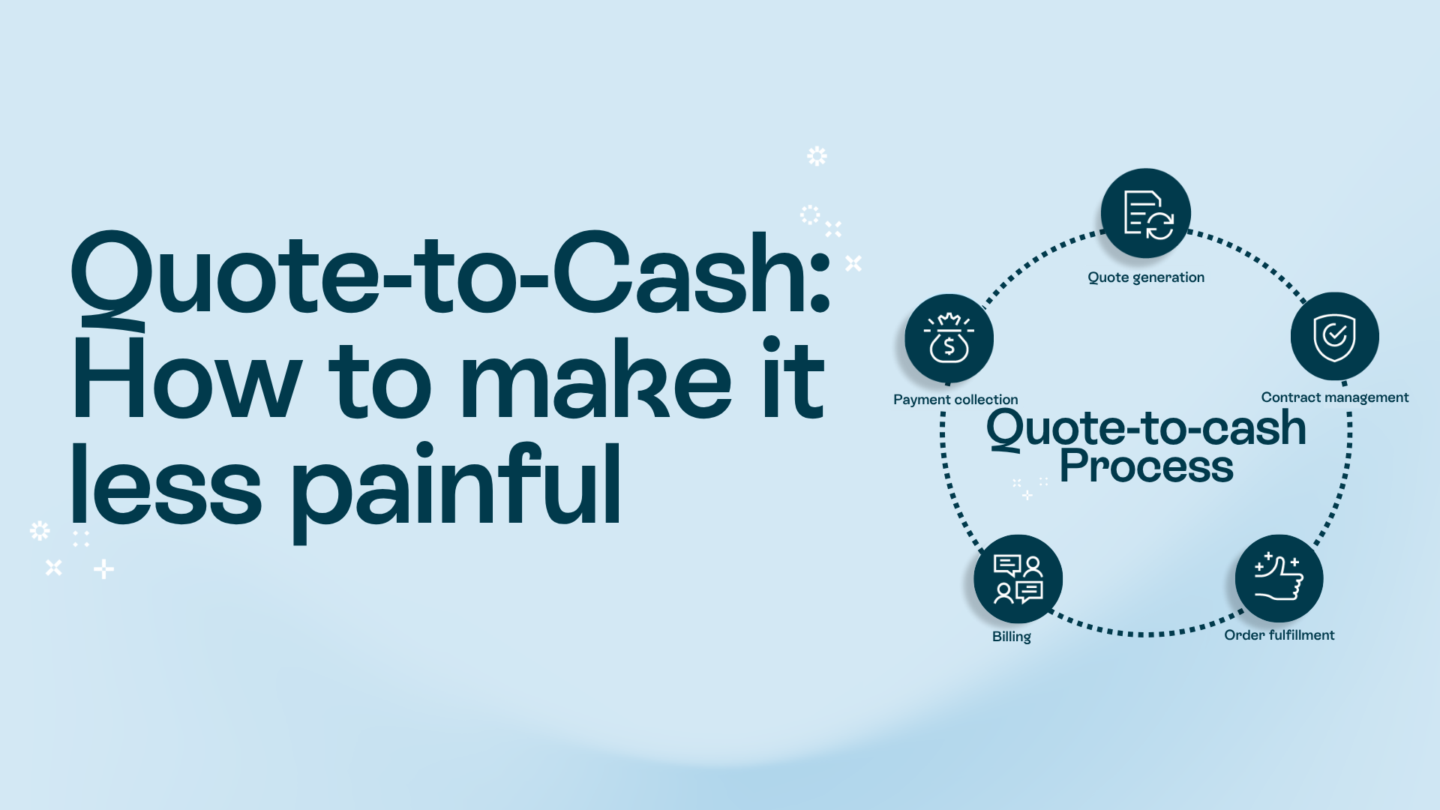Virtual data rooms (VDR) have emerged as an indispensable tool for securely storing and sharing sensitive documents. Whether facilitating mergers and acquisitions, conducting due diligence, or managing complex financial transactions, a virtual data room provides a secure online repository that enhances efficiency, security, and collaboration among stakeholders.
1. What is a virtual data room?
A Virtual Data Room (VDR) is a secure online repository used for the storage and distribution of documents. It is commonly used during the due diligence process in M&A transactions, loan syndications, and private equity and venture capital transactions. The VDR allows parties involved in these processes to securely access and share critical information, facilitating a streamlined and efficient review process.
Read also: The importance of data-driven decision-making for businesses

2. What is an example of a virtual data room?
One prominent example of a VDR is Intralinks. Intralinks provides secure content collaboration solutions, and its VDR platform is widely used for high-stakes financial transactions and regulatory compliance. Other notable examples include Merrill DataSite, Firmex, and Citrix ShareFile.
3. What is the function of a virtual data room?
The primary uses of a VDR include:
- Secure Document Sharing: VDRs offer high-level security features to ensure that sensitive documents are protected from unauthorized access.
- Access Control: Administrators can control who has access to the data room and what documents they can view, download, or edit.
- Due Diligence: VDRs facilitate the due diligence process by allowing potential buyers or investors to review relevant documents in a secure and organized manner.
- Collaboration: Multiple parties can collaborate within the VDR, making comments and discussing documents in real-time.
- Audit Trails: VDRs provide detailed audit trails, documenting who accessed which documents and when, enhancing transparency and accountability.
- Document Management: VDRs often include features like document indexing, search functionality, and version control to help users manage and navigate large volumes of documents efficiently.
Read also: How to keep data secure in hybrid workflows

4. How to implement a virtual data room in business
Implementing a VDR in your business involves the following steps:
- Identify Your Needs: Determine the specific requirements for your VDR, such as security features, user capacity, and types of transactions you will handle.
- Select a Provider: Research and select a VDR provider that meets your needs. Consider factors like ease of use, customer support, security features, and cost.
- Set Up the Data Room: Work with your chosen provider to set up the VDR. This includes creating user accounts, setting access permissions, and organizing documents.
- Upload Documents: Upload all necessary documents to the VDR. Ensure documents are properly categorized and indexed for easy navigation.
- Train Users: Provide training to all users on how to access and use the VDR effectively.
- Monitor and Maintain: Regularly monitor the VDR to ensure it is being used appropriately and efficiently. Update documents and user access as needed.
5. Benefits of using a VDR
Utilizing a virtual data room offers several key advantages:
- Enhanced Security: Advanced encryption and access controls protect sensitive information from unauthorized access.
- Improved Efficiency: Streamlines document sharing and collaboration, reducing the time and resources required for transactions.
- Compliance and Audit Readiness: Detailed audit trails and compliance features ensure adherence to regulatory requirements.
- Global Accessibility: Enables stakeholders from different locations to access documents securely, fostering global collaboration.
- Cost Savings: Reduces costs associated with physical document storage, printing, and travel expenses.
The key takeaways
A virtual data room is a crucial asset for businesses engaged in sensitive transactions where confidentiality, security, and efficiency are paramount. By leveraging a virtual data room, organizations can streamline document management processes, enhance collaboration among stakeholders, and maintain rigorous security standards. Choosing the right virtual data room provider involves assessing specific business needs, evaluating security features, and ensuring seamless integration with existing workflows. With the right virtual data room solution in place, businesses can navigate complex transactions with confidence and efficiency in today’s digital landscape.







